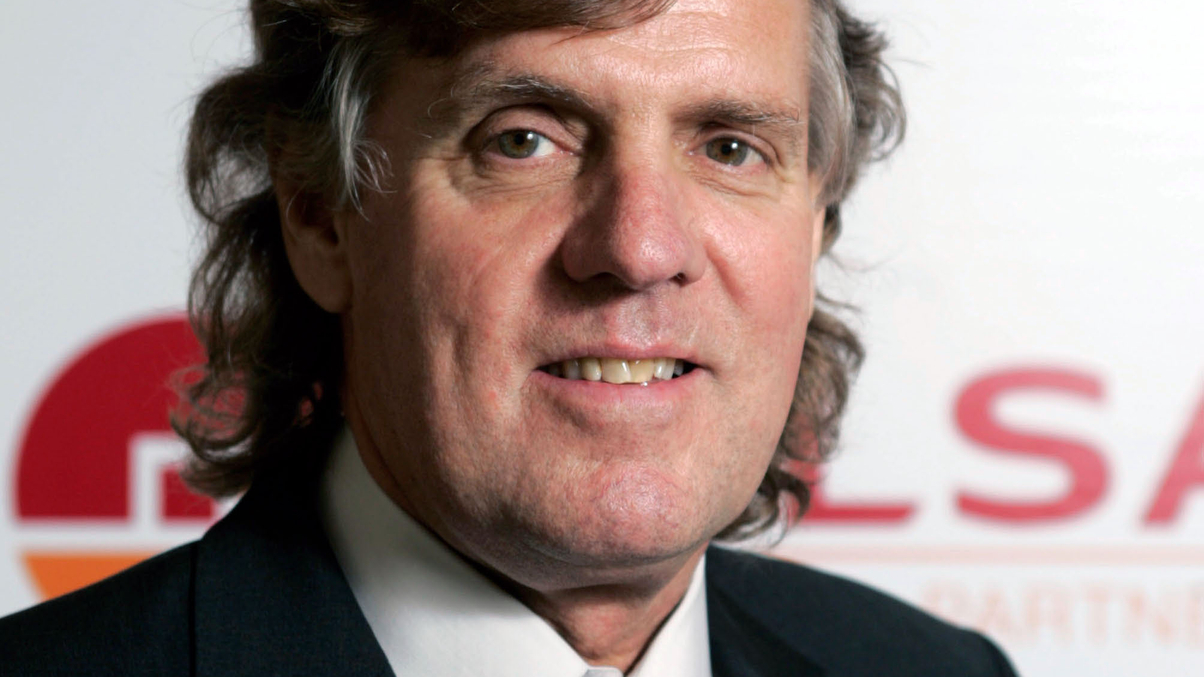How to find growth in Japan's private equity market today
Richard Pyvis, chairman of CLSA Capital Partners, outlines some opportunities in one of Asia’s trickiest markets to identify genuine growth.

Private equity has been carried out in Japan since the Meiji restoration of 1868, in the sense of entrepreneurs who have sourced foreign and domestic capital for domestic investment opportunities.
Sign In to Your Account
Access Exclusive AsianInvestor Content!
Please sign in to your subscription to unlock full access to our premium AI resources.
Free Registration & 7-Day Trial
Register now to enjoy a 7-day free trial—no registration fees required. Click the link to get started.
Note: This free trial is a one-time offer.
¬ Haymarket Media Limited. All rights reserved.


